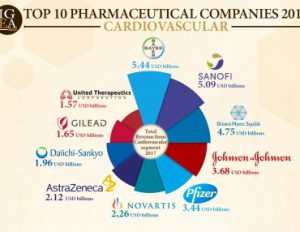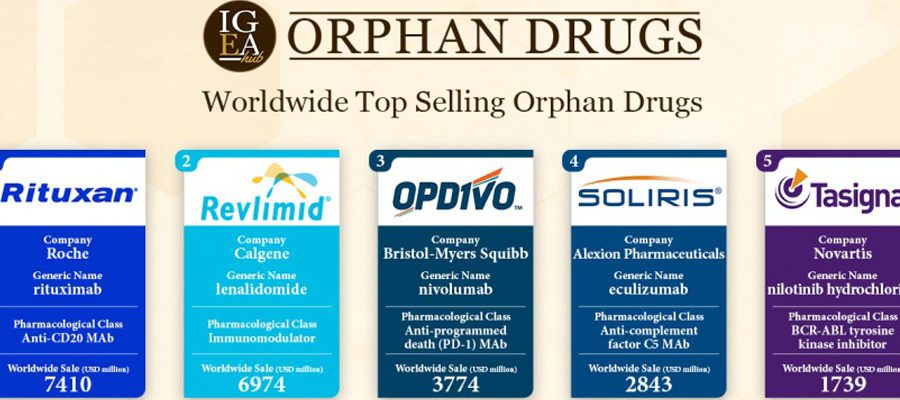The development of orphan drug was incentivized financially in 1983 via the Orphan Drug Act in the US. Before this law, 38 orphan drugs were approved. The Act was then adopted in other markets: in 1993 in Japan and in the European Union in year 2000. Estimates indicate that there are >300 million people living with rare disease worldwide. EURORDIS, a non-governmental European organization for rare diseases, estimates there are 5000-7000 rare diseases and tests for 3500 of these rare diseases are now available but only about 400 rare diseases have therapies.

In 2017, the orphan drug sales increased 8.6% to $124 billion. According to worldwide orphan drug sales consensus forecast, the market of orphan drugs will grow by 11.1% per year (CAGR) between 2017 and 2022 to $209 billion. At present, Novartis leads the market with 11.3% market share in the orphan drug domain followed by Roche and Celgene. According to sales data, Rituxan is the world’s largest orphan drug in 2016 with sales of $7.41 billion for all indications.
According to World Preview report, orphan drug sales are projected to represent 32% of pharmaceutical growth through 2022. It is expected to add $95 billion more to the sales by 2022. This greater interest of companies can be attributed to two main reasons – drug companies can address a greater unmet need and they can win development incentives for advancing medicines to treat rare diseases.









